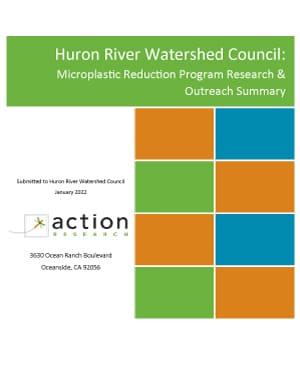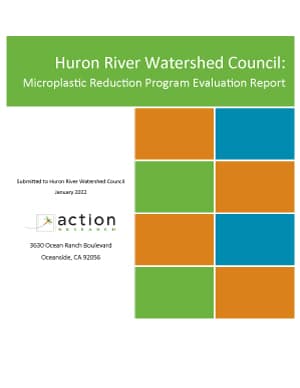Catch the Plastic

Through our Catch the Plastic project HRWC is raising awareness of regional microplastics pollution and encouraging actions for addressing it locally. We are focusing on reducing pollution from synthetic microfibers because they are the largest source of microplastics pollution in the Huron River. By encouraging residents to use laundry devices that capture microfibers such as filters, Cora Balls, or Guppyfriend Bags, we are aiming to reduce microplastic fibers being delivered to waste water treatment plants and septic tanks via waste water from washing machines.
What we’ve done so far:
- In 2018-2019, we gave 400 Cora Balls to local residents in the watershed. We also sold Cora Balls at the Ann Arbor Summer Fest and participated in a round table discussion (summer 2018).
- Digital media campaign: We have produced three educational one-minute videos and posted them on Facebook, Instagram, and You Tube. HRWC staff has also shared the word at events, written several blogs and articles about the issue.
- HRWC gave away 50 Guppyfriend Bags as gifts for new members in 2019-2020
- Testing the Waters: HRWC science teams have collected water samples from the river and creeks to determine hot spots. You can read about this work in our Fall 2020 newsletter here.
- From 2019-2020, HRWC ran a pilot program in 2 neighborhoods in Ann Arbor to find out if residents knew about the issue and were interested in taking action. Those that were interested in taking action got free Cora Balls and had filters installed at no cost. We gathered feedback, which is very helpful in determining next steps for our outreach. Reports from this research:







